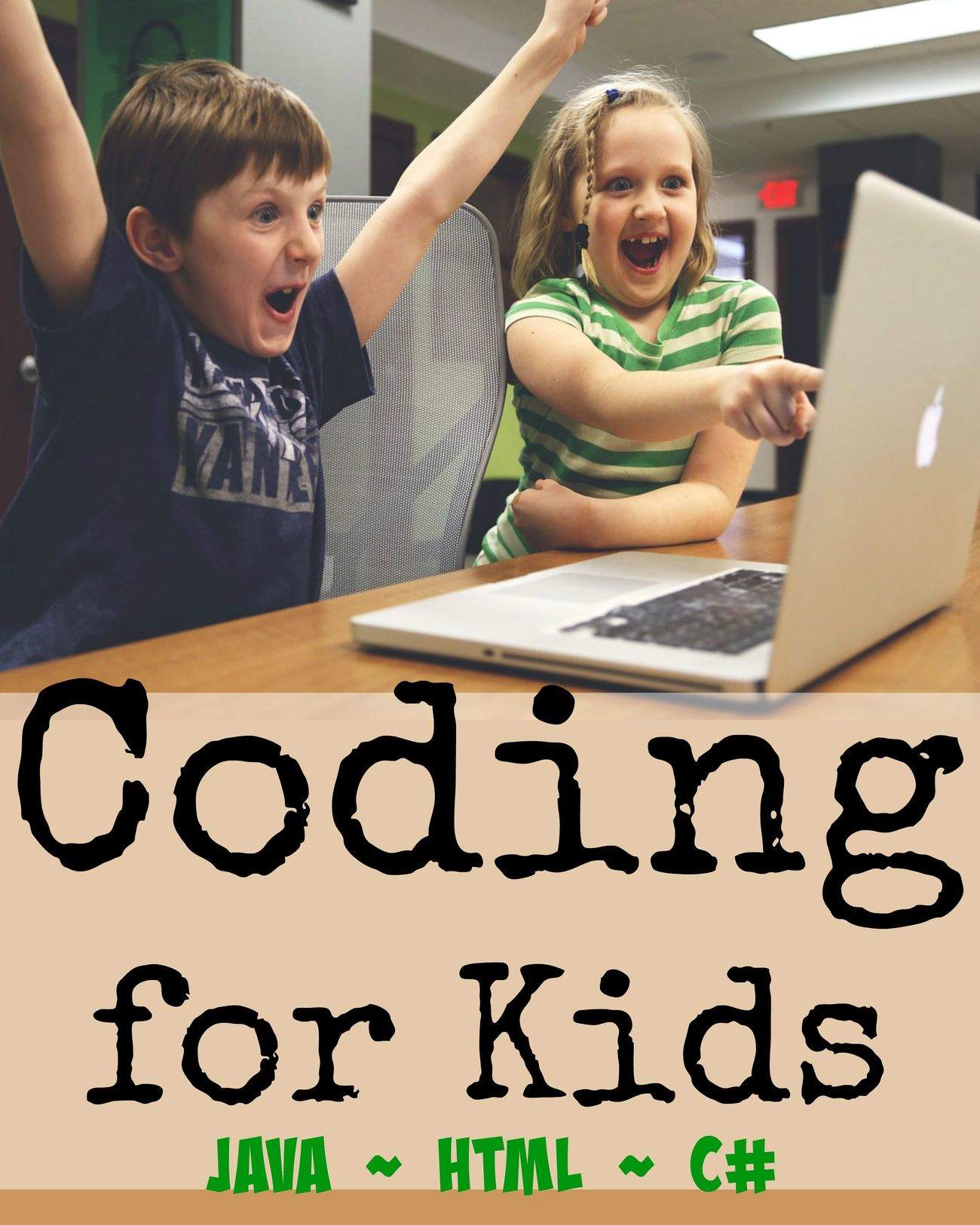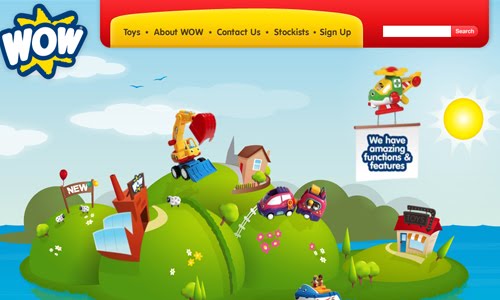


Dark outlines around the characters make their shapes pop against the softly blended colors of the desert backgrounds. This picture book conveys the full narrative in spirited, speech-bubbled dialogue set on expressive illustrations of talking animals. As the ground squirrel (not to be mistaken for a chipmunk (even though Jack cheekily calls it “Chippie”) and Jack engage in playful discussion about animals, a sneaky coyote prowls after them through the Sonoran Desert. Jack is “no Flopsy, Mopsy, or Cottontail,” but a “H-A-R-E, hare!” Like sheep and goats, or turtles and tortoises, rabbits and hares may look similar, but hares are bigger, their fur changes color in the winter, and they are born with their eyes wide open. Worst, factually incorrect information is presented-the “” flap claims that an image “must have two attributes: src and alt” while all images have a source- src-the alternative text, alt, is not necessary for the code to function.ĭespite cheery design, too abstract and uncontextualized to make code inviting for any age group, least of all the babies and toddlers for whom board books are typically published.Ī hare and a ground squirrel banter about the differences between related animals that are often confused for one another. Certain parts use insufficient code (for instance, the “” flap is useless without any demonstration of it in action, and the “Attributes” box references quotation marks that don’t appear, which will puzzle readers unfamiliar enough to know to look for them in the CSS section-i.e., all babies). The initial section, HTML, the most basic webpage coding, is a bit of a train wreck. The second section, CSS, features trivia displayed in an amusing way-namely a “Fonts” flap, under which codes for the font selection and style used on the flap are written. The strongest section is the last one, JavaScript, which offers copious definitions and a code language that in itself is the most self-explanatory. Its three sections each consist of two double-page spreads: the first introduces a type of code, and the second gives various informational tidbits. This brightly colored, 12-page board book seeks to introduce young readers to different types of code. A lift-the-flap board-book introduction to HTML, CSS, and JavaScript.


 0 kommentar(er)
0 kommentar(er)
